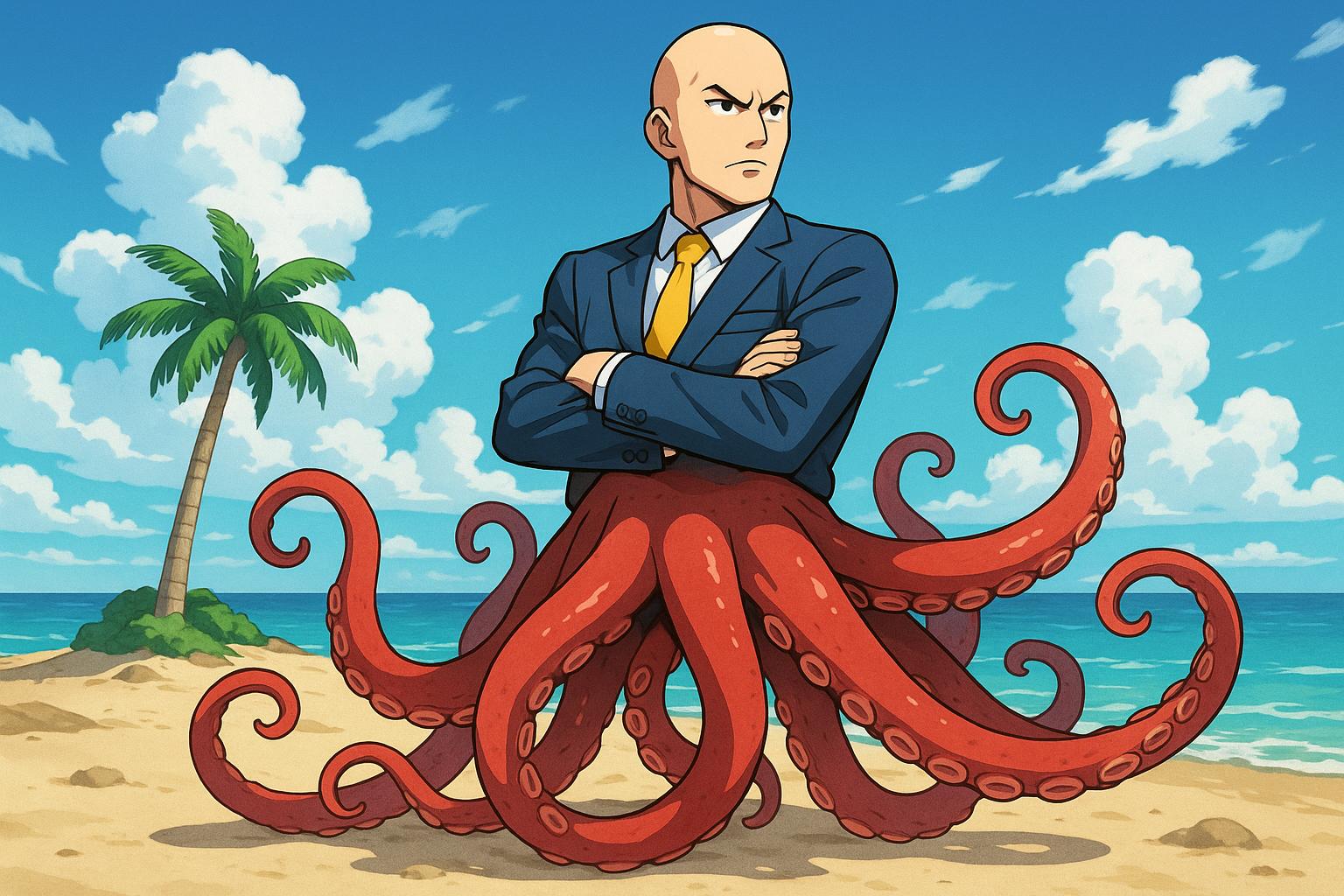What constitutes a risky idea in the advertising world? At its core, a risky creative concept often embodies boldness or unconventionality, disrupting norms to captivate audiences in unexpected ways. However, a recent survey by Lions indicates that only 13% of companies perceive themselves as risk-friendly, while 29% acknowledge an aversion to taking risks. This disparity raises a pertinent question: what prevents brands from embracing creativity more fully?
Kantar’s Jane Ostler highlights the distinction between mere bravado and informed risk-taking, asserting that the most effective creative boldness is underpinned by genuine insights and data. Sensible project management practices further assist in navigating creativity, where risk assessments are evaluated through terms like ‘likelihood’ and ‘impact’. This structured approach allows brands to foresee potential challenges while maximising the strategic potential of their campaigns. Rather than adopting a laissez-faire attitude, organisations are encouraged to navigate risk through informed testing, which can help ensure a stronger outcome.
Among the award-winning ads celebrated at Kantar's Creative Effectiveness Awards, notable examples showcase how creativity can be both daring and meaningful. Deliveroo’s 'Octoman' campaign stands out as particularly striking, featuring a half-man, half-octopus figure enjoying a date on a deserted island. Although seemingly bizarre, the narrative poignantly ties together relatable human experiences with Deliveroo’s service offerings. Lance Kowlessar from Deliveroo expressed that their goal is to showcase how ordinary moments can be enhanced by their platform, thereby resonating with consumers on a deeper level.
L’Oréal Paris also took a creative leap with their 'Magic Retouch Shower' campaign, drawing on horror tropes to create a distinctive narrative during Halloween — a time traditionally overshadowed by beauty brand norms. This venture illustrates that embracing creativity doesn’t merely challenge existing conventions; it can also transform brand perceptions in unexpected contexts.
Yet, the broader industry landscape reveals that creative confidence is at a crossroads. The 2025 State of Creativity report identifies significant barriers, notably the 'insight famine,' where over half of brands contend that their data is insufficient for bold creative ventures. Furthermore, 57% of surveyed marketers admit difficulties in responding promptly to cultural shifts, indicating a pressing need for agility in creative strategies. This challenge is compounded by the tendency to focus on immediate marketing goals, with 63% of respondents prioritising short-term activities over long-term creative investments.
The implications for brands aspiring to improve their creative output are clear. To foster an environment conducive to risk-taking, companies must enhance their teams' capabilities through adequate training and encourage a culture that not only values innovation but also understands the dynamics of consumer insight. When creative risks are grounded in a thorough understanding of audience needs and desires, brands are not just taking chances; they are strategically positioning themselves for potential success in a competitive marketplace.
In a landscape increasingly dominated by data and insights, the creative process must evolve, prioritising educated risk-taking over blind experimentation. When grounded in solid consumer understanding, these calculated creative leaps can yield impressive dividends, making the journey toward bold advertising not just exciting but also strategically sound.
Reference Map:
- Paragraph 1 – [1], [2]
- Paragraph 2 – [1], [3], [7]
- Paragraph 3 – [1], [4], [5]
- Paragraph 4 – [6]
- Paragraph 5 – [3], [7]
Source: Noah Wire Services
